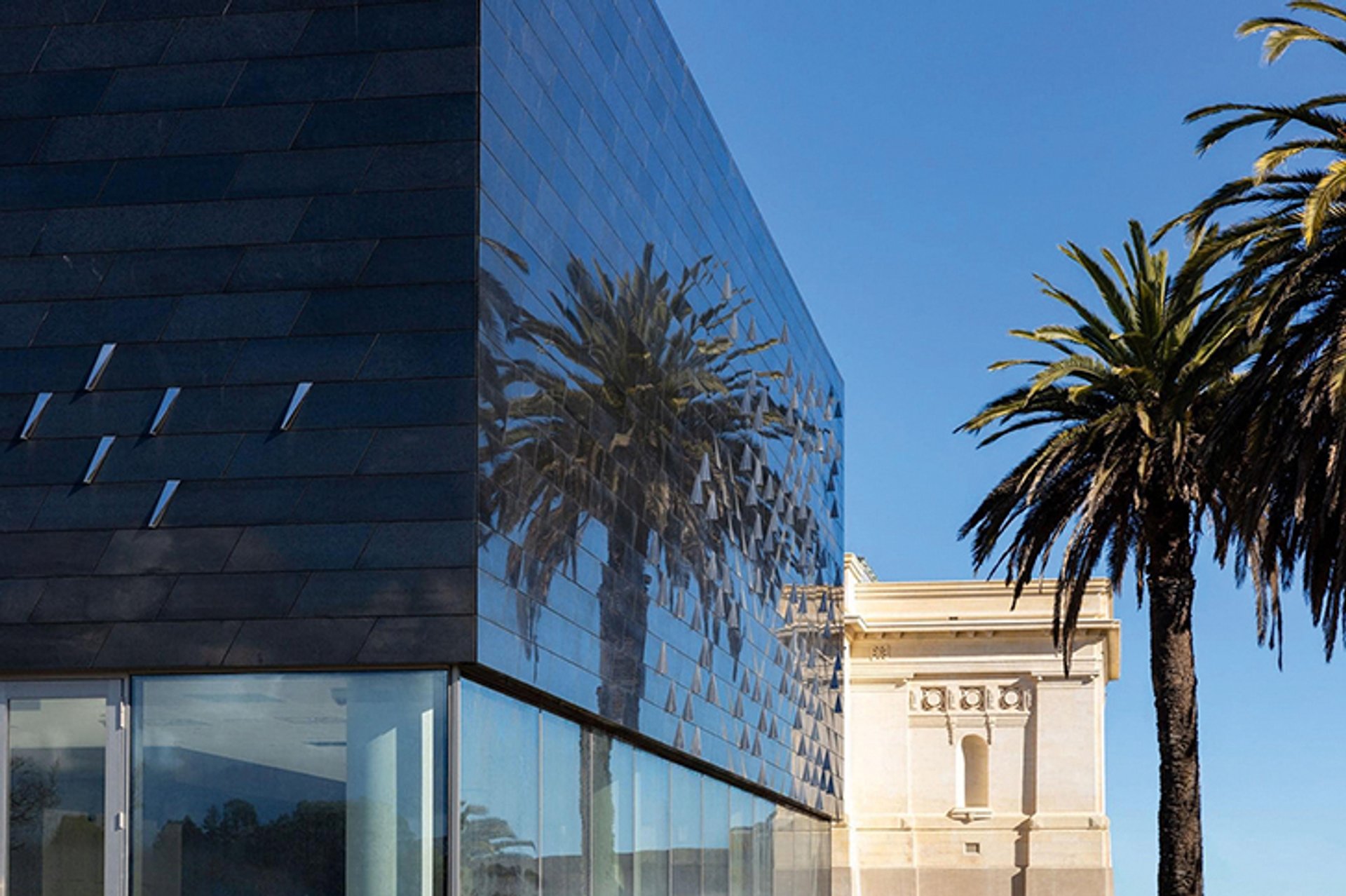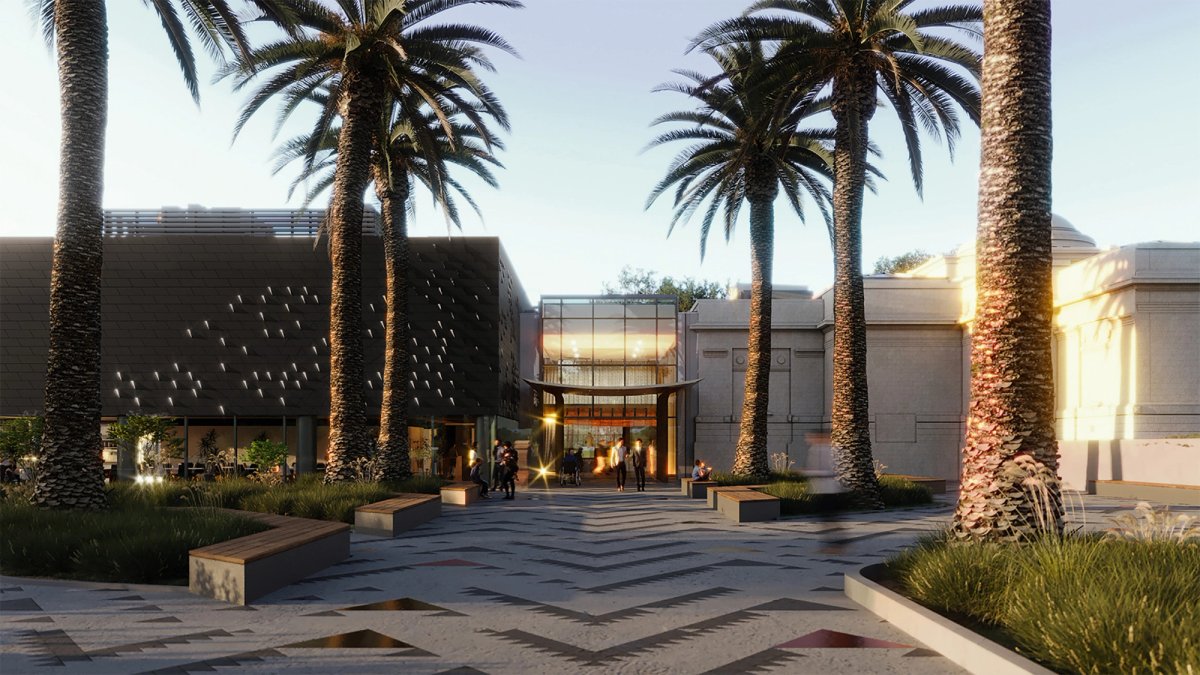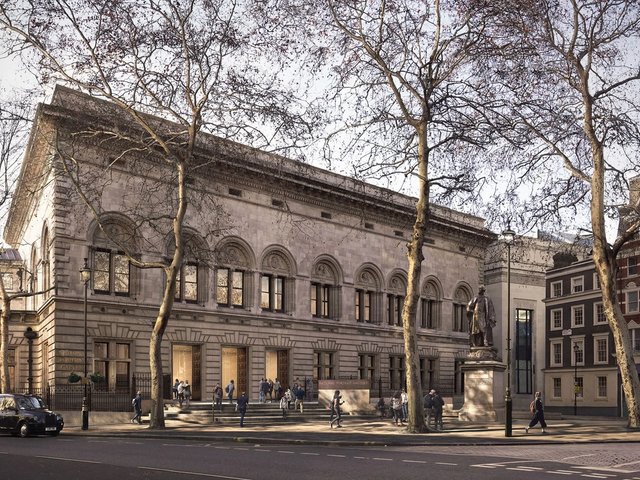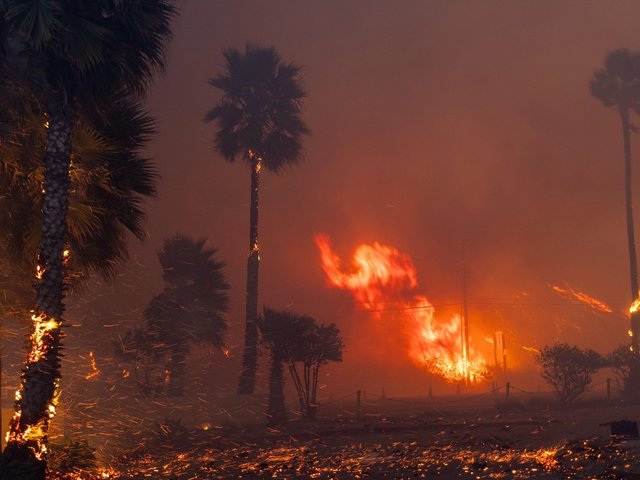A heritage-protected art museum on the coast of New Zealand’s North Island will reopen on 9 November after a major renovation to increase its resistance to earthquakes following the Christchurch quake disaster of 2011.
Located in the town of Whanganui, 450km from the site of the earthquake that killed 185 people, the Sarjeant Gallery was closed in 2014 after a heritage assessment found it was “unlikely to survive a moderate to severe earthquake in its present condition”.
Following a $NZ70m (around $43m) renovation and extension that took nearly five years, the museum has doubled its exhibition space and now covers more than 4,500 sq. m in total. It has been renamed Te Whare o Rehua Sarjeant Gallery. Te Whare o Rehua means “house of inspiration”, a name chosen by local iwi, or tribes.

Metal fins on the exterior of the new wing are meant to evoke the ruffled waters of the Whanganui River Courtesy of the gallery
The first part of the redevelopment project was to seismically strengthen the original Neo-Classical gallery structure, built in 1919. Stainless-steel bars were inserted vertically through the existing outer layer of the building from the roof to the basement. The bars were secured by bolts and concrete at either end. Hundreds of “python” screws were then inserted horizontally, creating an invisible grid to strengthen the building.
The second part of the project was constructing the new wing, designed by Warren and Mahoney Architects working with local Māori leaders. A specially carved waka, or canoe, was incorporated into the design of the walkway linking the old building and the new wing.
Other collaborative design elements pay homage to the site’s history as a Māori homeland before it was settled by Europeans in 1842. Fin-shaped metal protrusions on the black granite exterior of the new wing are intended to set up a poetic dialogue with the shimmering waters of the Whanganui River that flows into the sea nearby.
The new wing is named after Tā Te Atawhai Archie John Taiaroa (1937-2010), a leader in the Manawatū-Whanganui region who advocated for the Whanganui River. In 2017 the river became the first in the world to receive legal “personhood”.
In addition to the increased exhibition space, the museum now offers a family room, a reading room and library, retail space, a café and event and meeting spaces.
A 9,000-strong collection
The new wing also includes a new temperature- and humidity-controlled storage area for the museum’s nationally significant permanent collection of works, as well as a photographic studio and workshops.
The museum’s director, Andrew Clifford, says an opening programme has been curated to celebrate the museum’s “rich history and bright future”.
“It marks an important moment in our story and highlights the significance of our region to the wider creative sector” in New Zealand and abroad, Clifford says.
The programme, Nō Konei | From Here (9 November-11 May, 2025), will include a display of the gallery’s collection, which comprises 9,000 New Zealand and European works in total—the largest of any art museum outside the country’s major cities. It includes works by artists such as Colin McCahon, Cliff Whiting, Robyn Kahukiwa, Gretchen Albrecht and Charles Frederick Goldie.
The opening season will show new commissions from more than 20 artists with a strong connection to Whanganui, including Matthew McIntyre-Wilson, Tia Ranginui and Alexis Neal, and will feature a major career survey of Edith Collier (1885-1964), a Modernist painter who was born and died in Whanganui.
Collier undertook art training in her home town before travelling in 1913 to London, where she attended St. John’s Wood School of Art and the Slade School, and exhibited her work. When she returned to provincial New Zealand in 1922, her progressive style faced criticism. Some of her studies of the female nude were burnt by her father.
Very little of Collier’s work was sold during her lifetime, partly because she preferred not to sell, and a large cache of it found a home in the collection of the Sarjeant Gallery. A new book was published in September to coincide with the survey exhibition, which aims to return Collier to her community and establish her as a leading New Zealand artist.
Recognising Collier’s achievements was “acknowledged as an important part of the redevelopment”, Clifford says. “She’s a significant Whanganui artist.” He adds that the gallery has a close relationship with the Edith Collier Trust.
During the decade that the building was closed, the former Sarjeant Gallery continued to operate out of a pop-up facility in Whanganui. “It’s allowed us to maintain a relationship and engagement with our community here and grow our profile in the lead-up to the opening,” he says. He expects about 65,000 visitors in the gallery’s first operating year.
The initial funding for the 1919 building was provided in the will of the wealthy and cultured Whanganui landholder Henry Sarjeant, who died in 1912. The gallery was the first in New Zealand to collect photography with the 1925 acquisition of the Denton Collection, the largest collection of early pictorialist photography in Australasia.
Funding sources for the redevelopment included Whanganui District Council, the New Zealand Ministry for Culture and Heritage, the New Zealand Lottery Grants Board, and donations from corporate and individual supporters and benefactors.






